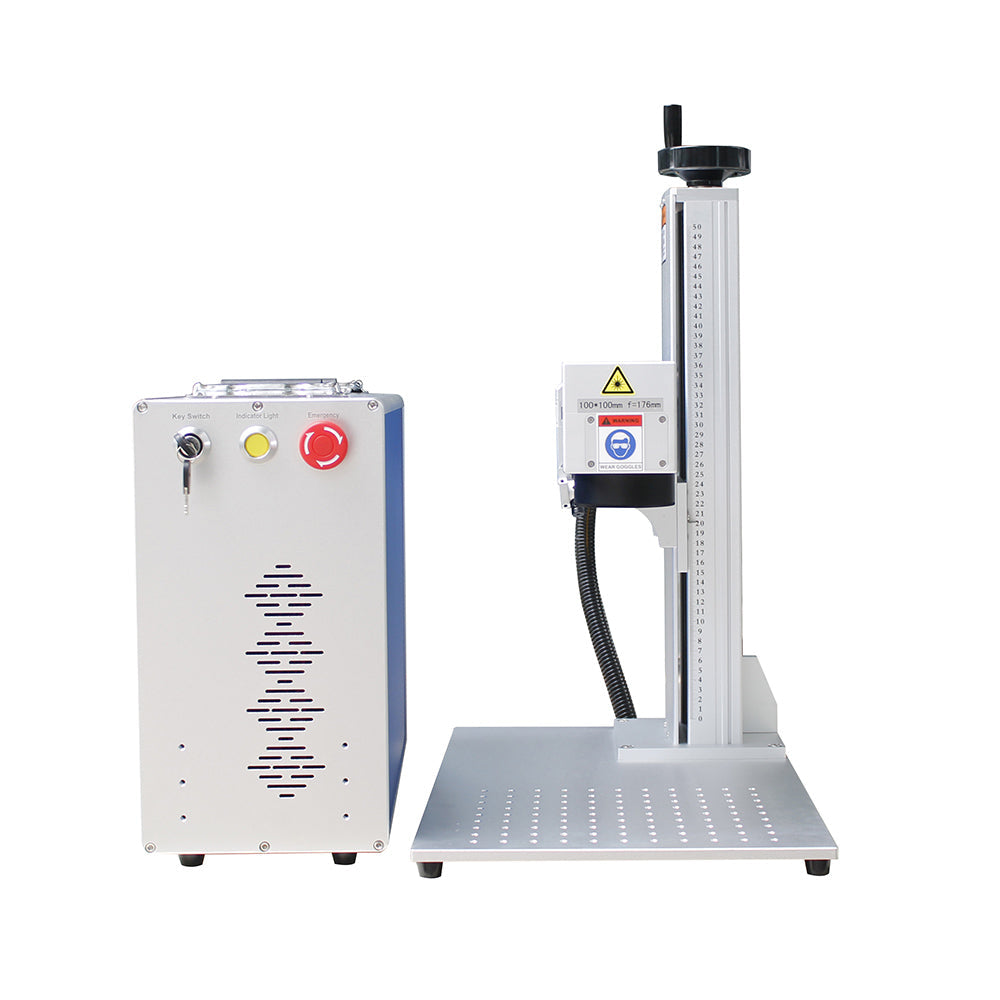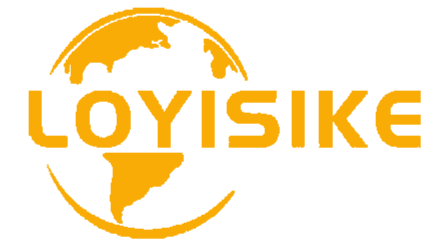
Fiber laser marking machines are closely integrated with the electronics and communications industry.
Share
Fiber laser marking machines are closely integrated with the electronics and communications industry.
 In the electronics and communications sector, product miniaturization and precision are trending significantly. Fiber laser marking machines, with their high-precision processing capabilities, have become a valuable asset in this industry. For example, in integrated circuit production, a well-known electronic component manufacturer needs to mark critical information such as product batch numbers, serial numbers, and QR codes on the surface of tiny chips. Traditional fiber laser engraving machine methods struggle to achieve clear, accurate, and permanent markings on such a small area. However, fiber laser marking machines, equipped with a high-resolution galvanometer system and advanced beam quality control, can focus a micron-scale beam spot, etching clear, uniform marks with a line width of just 0.01mm on the chip surface without affecting the chip's electrical performance. This application not only improves product traceability and enhances anti-counterfeiting capabilities, providing strong support for quality control and market distribution.
In the electronics and communications sector, product miniaturization and precision are trending significantly. Fiber laser marking machines, with their high-precision processing capabilities, have become a valuable asset in this industry. For example, in integrated circuit production, a well-known electronic component manufacturer needs to mark critical information such as product batch numbers, serial numbers, and QR codes on the surface of tiny chips. Traditional fiber laser engraving machine methods struggle to achieve clear, accurate, and permanent markings on such a small area. However, fiber laser marking machines, equipped with a high-resolution galvanometer system and advanced beam quality control, can focus a micron-scale beam spot, etching clear, uniform marks with a line width of just 0.01mm on the chip surface without affecting the chip's electrical performance. This application not only improves product traceability and enhances anti-counterfeiting capabilities, providing strong support for quality control and market distribution.
Fiber laser engraving machines also play a key role in smartphone manufacturing. A large mobile phone manufacturer has introduced fiber laser marking technology in the processing of phone casings and internal circuit boards. On mobile phone casings, laser marking machines accurately engrave brand logos, model numbers, and other information, creating smooth, burr-free, and distortion-free markings that complement the phone's stylish design. For internal circuit boards, they can mark electronic component specifications and numbers within a confined space, ensuring quick and accurate identification during complex assembly and repair processes, improving production and after-sales efficiency. According to company feedback, the introduction of fiber laser marking machines has reduced the defective rate on the production line by 15% and increased production efficiency by 20%.

